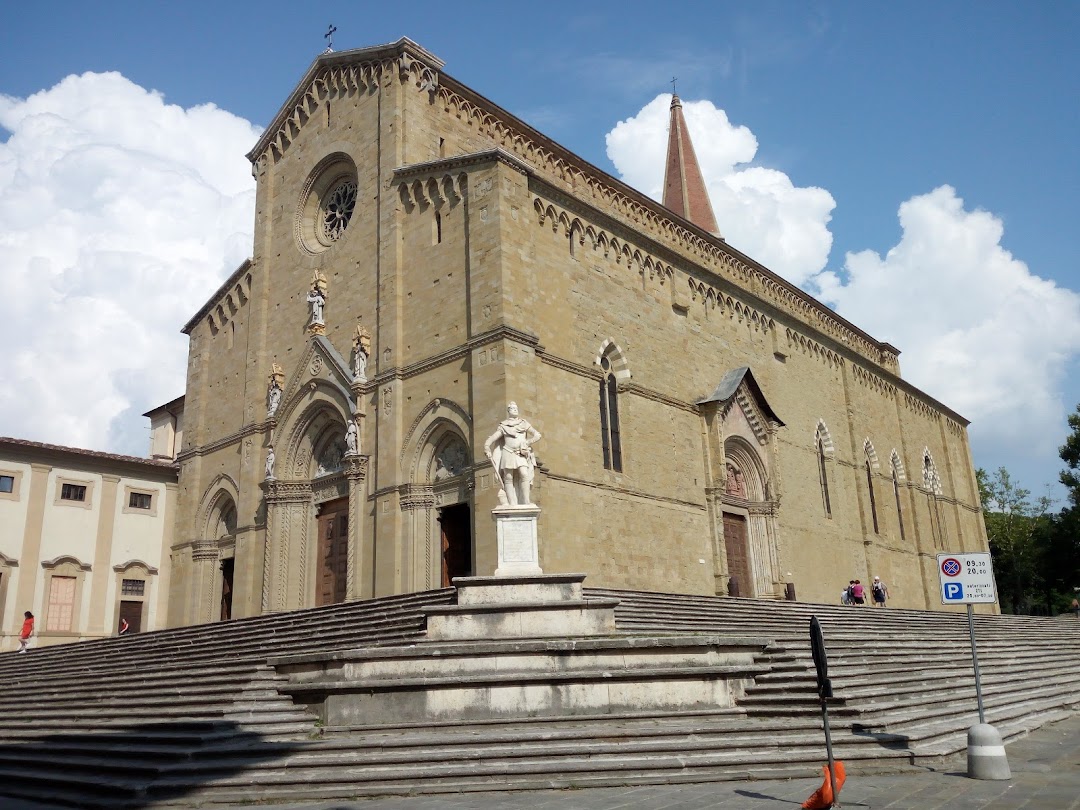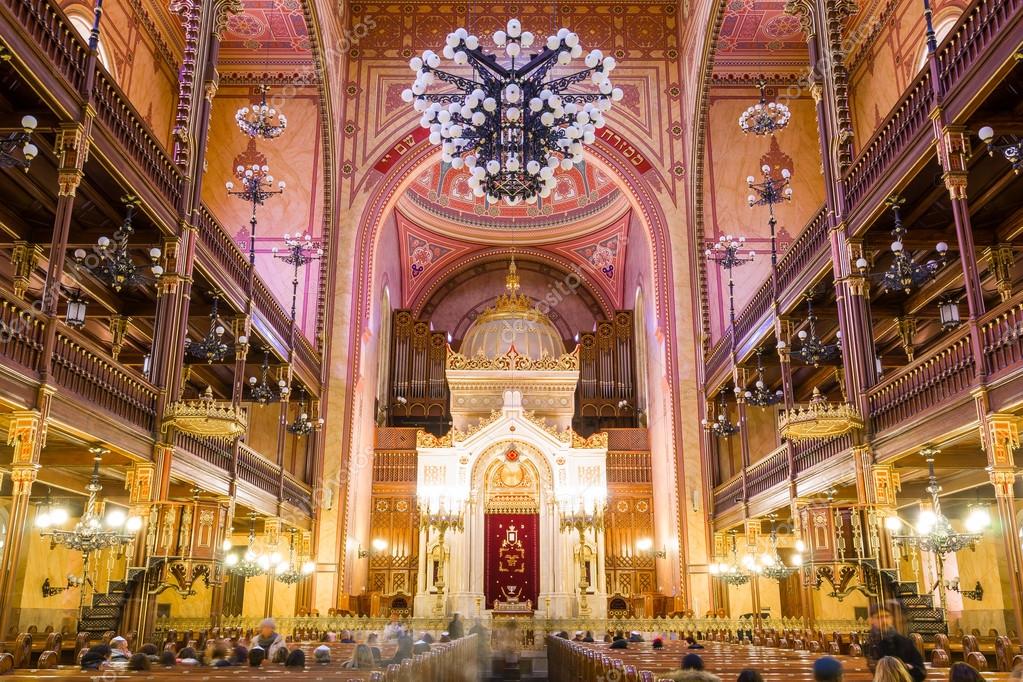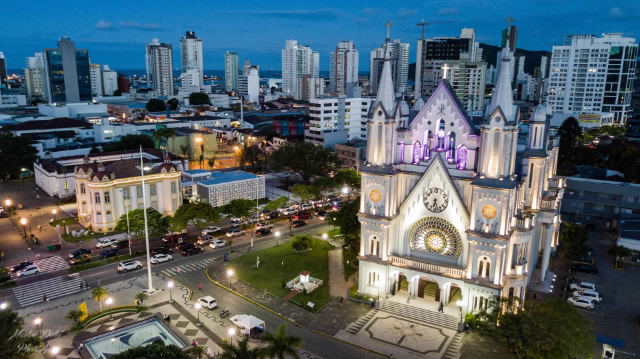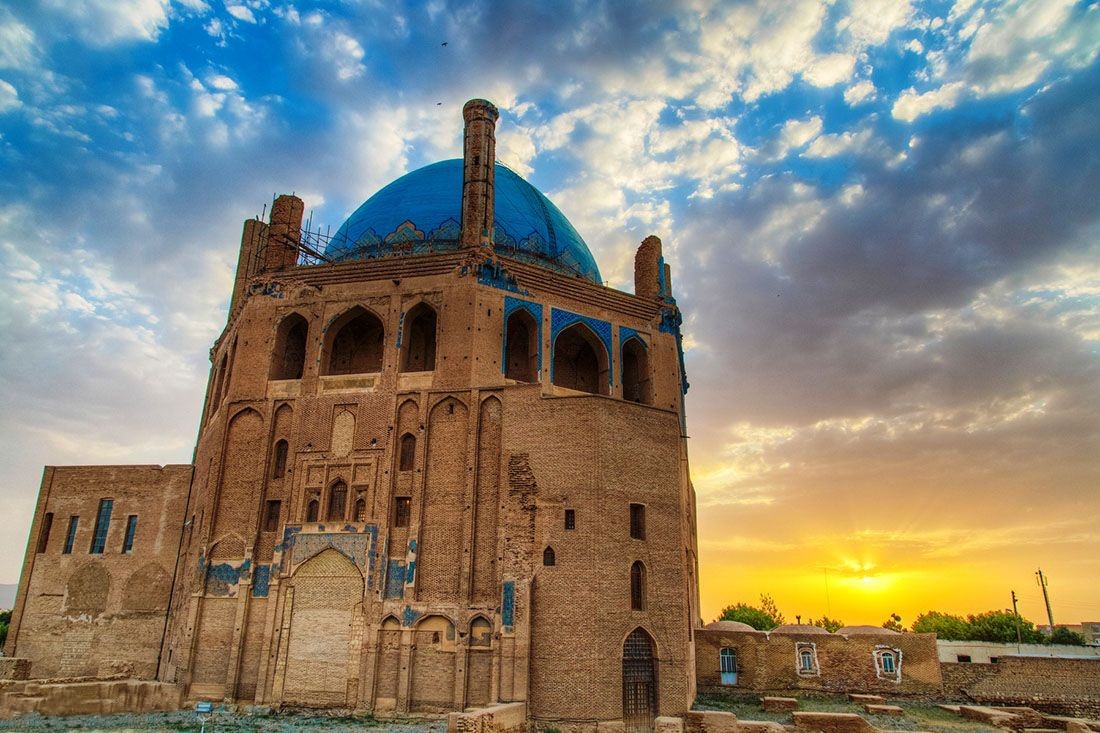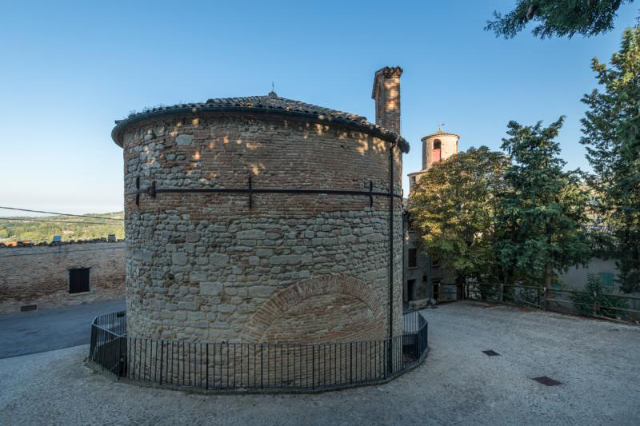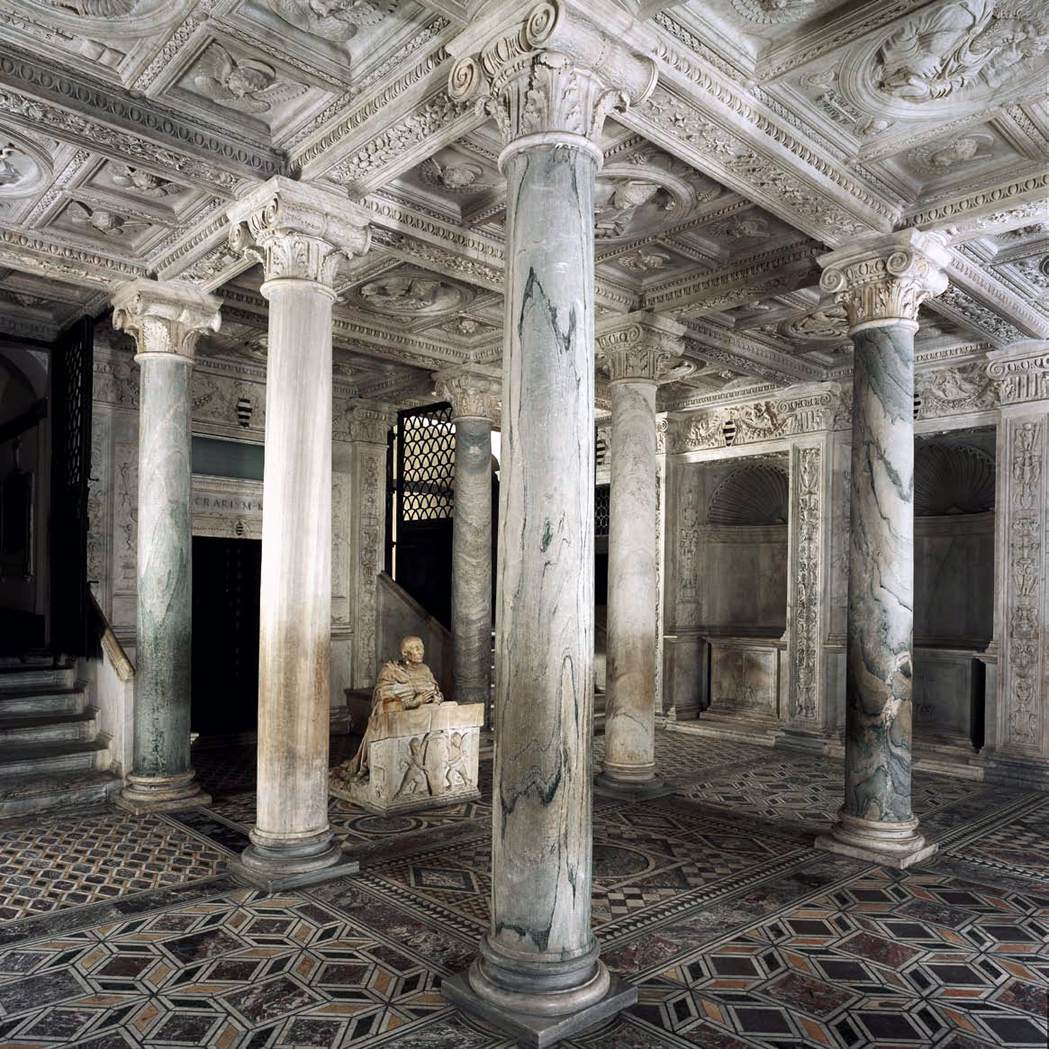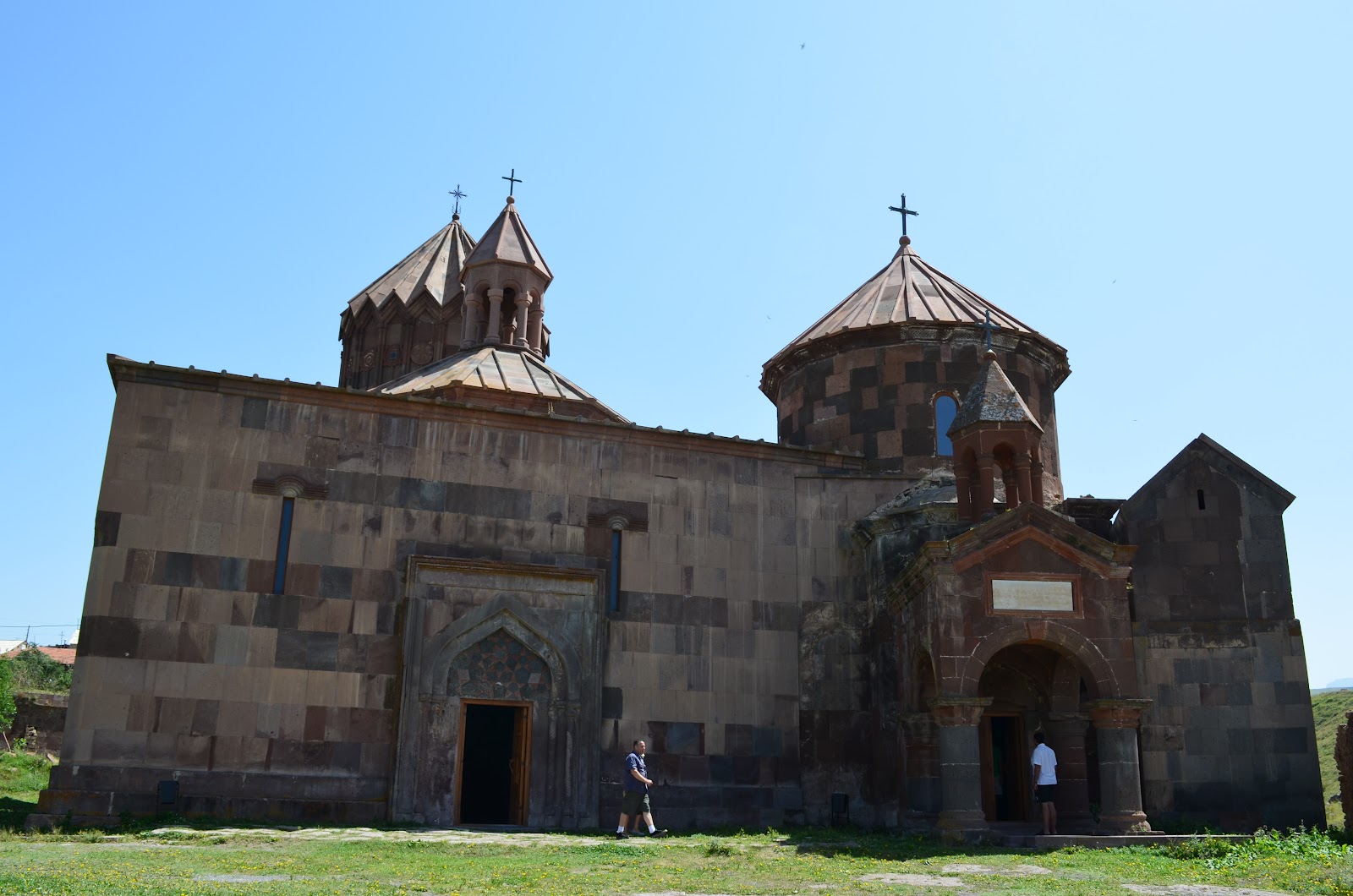The Cathedral of Saints Peter and Donato, dating back to the thirteenth century, is worth a visit for the beauty kept inside: among the slender naves stand out the colorful stained glass windows of the ‘500 made by Guillaume de Marcillat, the beautiful fresco of Mary Magdalene by Piero Della Francesca and the Madonna del Conforto: About the latter it is said that in 1796 it was blackened but following the pleas of three believers to save the city from the earthquake in progress, the Virgin returned to shine and the earthquakes ceased. The Cathedral, now the Cathedral of Arezzo, is the main place of worship of the city and was built over an ancient early Christian church.
Decisive for the birth of the Cathedral was the visit of Pope Gregory X in December 1275, returning from the Council of Lyon. The Pope in fact, seriously ill, died in Arezzo on January 10th leaving the sum of thirty gold florins destined to the construction of the new Cathedral. The works started in 1278 by Bishop Guglielmino degli Ubertini and ended only in 1511.
The external façade, which had remained bare for centuries, was arranged as we see it today between 1900 and 1914. The interior has a nave and two aisles, with five bays marked by bundled pillars, and a polygonal apse.
Inside the magnificent cathedral are kept many works of great artists linked to the city of Arezzo.
Among these is the fresco of Mary Magdalene by Piero della Francesca, painted around 1460 in the left aisle.
The complex of the high altar, documented since 1362, is monumental. The wooden choir was designed in 1554 by Giorgio Vasari. The illustrious Arezzo native was also responsible for the design of the base of the organ along the left aisle. Today it frames the Madonna with Child, a valuable wooden sculpture from the mid-13th century.
Important transformations were made to the original layout of the Cathedral around 1810, with the intention of creating an "internal itinerary" capable of expressing the continuity of the history of Arezzo’s church, culminating in the chapel of the Madonna del Conforto, whose sacred image, according to tradition, is linked to a miracle that took place in the 18th century. Inside the chapel were placed – after being taken from other city churches – the great altarpieces by Andrea Della Robbia.
The Duomo is a very important place for the inhabitants of the city. In fact, during the Giostra del Saracino, the quarter that has won the competition parades with the Lancia d’oro through the streets of the city until reaching, as the last stage, the great Cathedral of the Duomo: here the quarter-goers invoke a song of thanks to the Madonna del Conforto or to San Donato before returning to the headquarters of their quarter.
